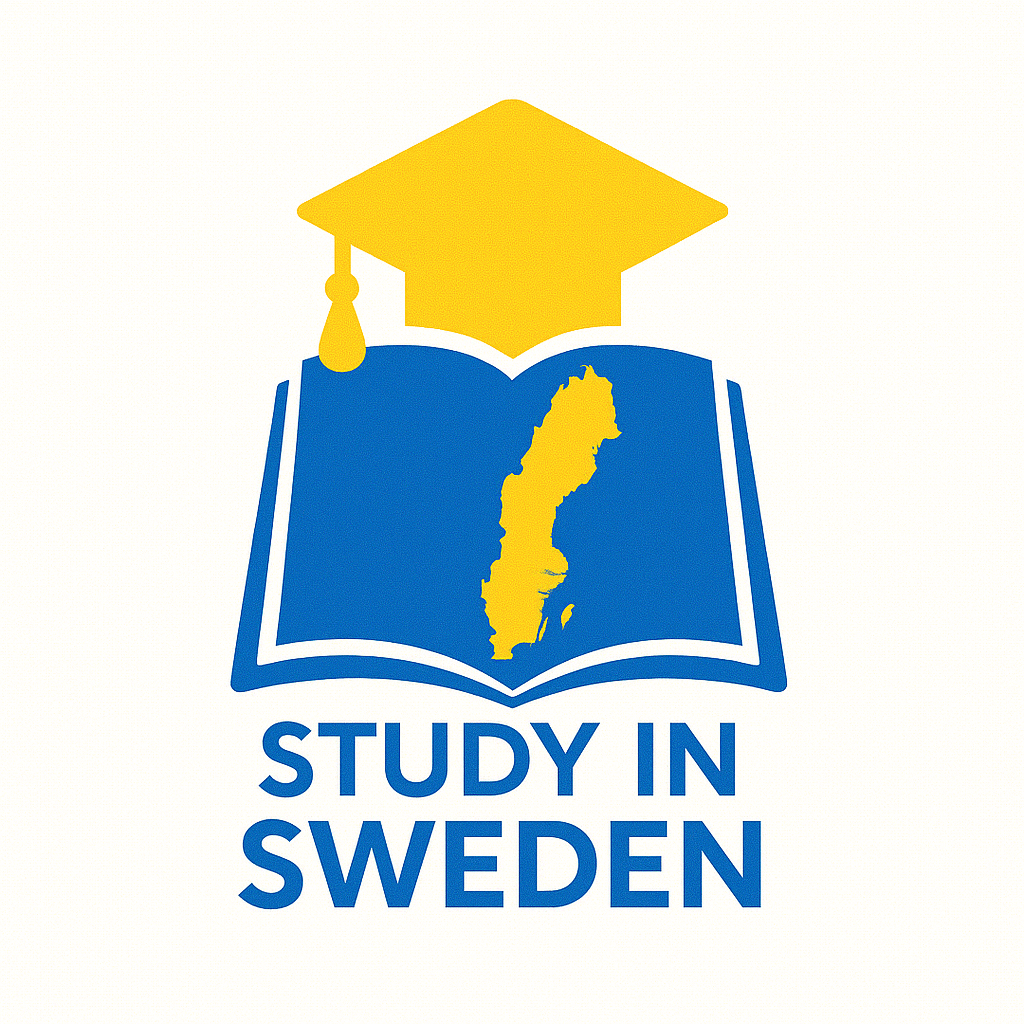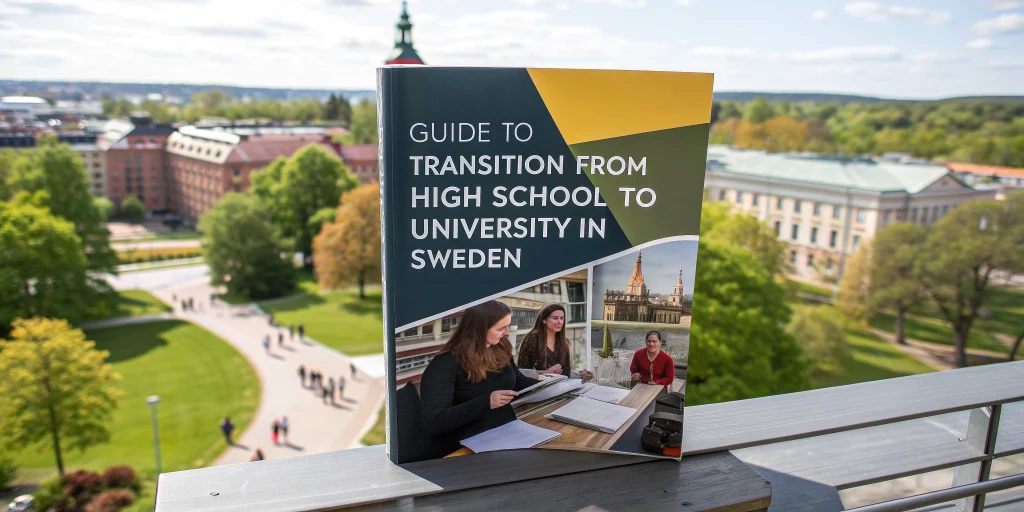How to Transition from High School to University in Sweden: A Comprehensive Guide for Education Professionals
Understanding the Transition from High School to University in Sweden
The Swedish education system promotes fairness, meritocracy, and accessibility. Students typically complete three years of gymnasieskola (upper secondary school), culminating in final grades that serve as the primary basis for university eligibility and admission. Alternative pathways exist through the Swedish Scholastic Assessment Test (SweSAT), offering flexibility to suit diverse student profiles.
This structured process involves:
- Eligibility criteria based on academic qualifications
- Application through centralized systems
- Transparent and merit-based selection procedures
As a leader in international student recruitment and educational automation, Study in Sweden supports universities and recruitment agencies with comprehensive tools and services that align perfectly with Sweden’s transition model.
Key Steps in the Transition to Swedish Universities
1. Completion of Upper Secondary Education (Gymnasieskola)
- Duration and Age: Students generally attend gymnasieskola for three years, finishing around age 19.
- Final Grades: Performance in upper secondary school is quantified through final grades, covering core and specialized subjects.
- Importance for University Application: These grades are the main eligibility criterion for applying to Swedish universities.
2. Admission Eligibility Based on Final Grades
- Eligibility Requirements: Final grades must meet defined thresholds to qualify for university programs.
- Selection Instrument: Final grades act as the primary tool for university admission, with admission offices applying merit-based selection.
- Grading Systems Compatibility: Admissions take into account grades from older and modern grading scales, ensuring inclusivity during transitions in national educational standards.
3. The Swedish Scholastic Assessment Test (SweSAT)
- Purpose: SweSAT offers an alternative or supplementary qualification route for students aiming to improve their admission chances.
- Structure: The standardized test assesses verbal and quantitative aptitudes.
- Flexibility: Students may apply based on either final grades or SweSAT results, depending on which is more advantageous.
- Testing Frequency: Conducted annually, with results widely recognized by Swedish universities.
4. Application and Selection Procedures
- Application Platform: Students apply via a centralized system that manages applications for all Swedish higher education institutions.
- Competitive Process: Admission is competitive, prioritizing academic merit through grading and test results.
- Multiple Admission Pathways: The system accounts for applicants with various educational backgrounds and qualifications.
Summary Table: Transition Route from High School to University in Sweden
| Step | Details |
|---|---|
| Finish Upper Secondary School | Typically at age 19, completing three years at gymnasieskola |
| Attain Final Grades | Essential for university eligibility and serves as primary selection criteria |
| Optional SweSAT | Swedish Scholastic Assessment Test as an alternative or supplement |
| Apply for University | Through a centralized application platform, using grades and/or SweSAT results |
| Selection Process | Merit-based admission considering grades or test scores |
Additional Important Considerations
No Upper Age Limit for Higher Education
Sweden’s inclusive education philosophy means there is no age restriction for university enrollment. This flexibility supports lifelong learning and widens the recruitment pool for educational institutions.
Commitment to Fairness and Up-to-Date Admission Rules
The Swedish education authorities regularly review and update admission regulations to maintain a fair and transparent system. This adaptability ensures that recruitment and admissions professionals can rely on consistent, merit-based criteria aligned with best practices.
Societal Encouragement for STEM and Research Education
Most Swedish students progress from upper secondary education to university, driven by societal support for tertiary education. Recruitment strategies that emphasize this cultural value resonate well with prospective international students.
How Study in Sweden Supports Smooth Transitions and Effective International Recruitment
With its deep expertise in Swedish education and recruitment, Study in Sweden offers tailored solutions for institutions and agencies navigating the high school to university transition:
- International Recruitment Expertise: We understand eligibility criteria, testing options like SweSAT, and application procedures, helping to attract qualified international candidates.
- Comprehensive Resources: Study in Sweden provides up-to-date information on the Swedish education system, helping recruiters and admissions teams make informed decisions.
- Partnership Opportunities: We collaborate with universities and placement agencies to enhance student recruitment pipelines and improve yield rates.
- Marketing and Outreach: Leveraging insights on Sweden’s unique education pathways, we develop targeted campaigns that highlight the benefits of pursuing higher education in Sweden.
Practical Recommendations for Education and HR Professionals
- Early Academic Planning: Encourage prospective students to focus on strong performance in upper secondary school, understanding its critical role in eligibility.
- Promote SweSAT Awareness: Inform candidates about the benefits of SweSAT for those seeking additional options.
- Utilize Centralized Application Insights: Ensure familiarity with the national application platform to better counsel applicants.
- Build Collaboration Networks: Work with Study in Sweden to stay informed about policy updates and recruitment best practices.
Final Thoughts
The pathway from high school to university in Sweden is characterized by transparency, merit-based selection, and flexible qualification routes. For international recruitment teams, university admissions professionals, and education agencies, mastering this transition is key to optimizing student outcomes and institutional success.
Study in Sweden stands at the forefront as your strategic partner, delivering powerful recruitment tools, authoritative information, and expert collaboration opportunities tailored to the Swedish higher education landscape.
Take the Next Step with Study in Sweden
Ready to support your students and institution with expert guidance on how to transition from high school to university in Sweden? Partner with Study in Sweden for customized recruitment solutions that drive results.

